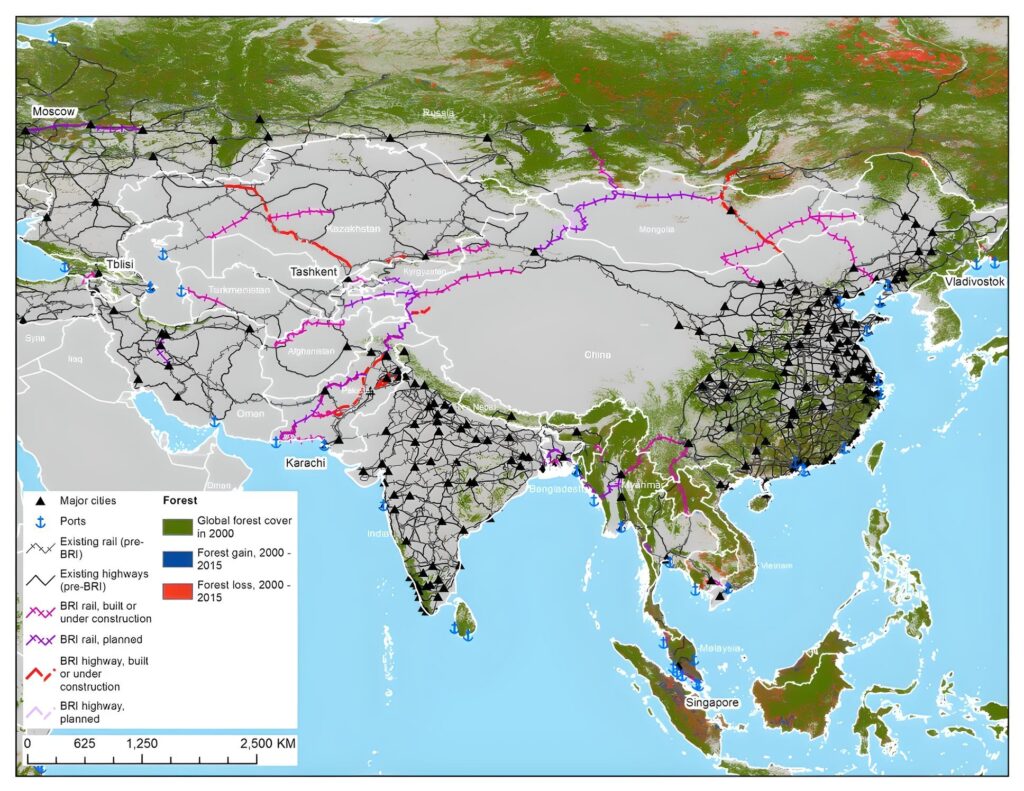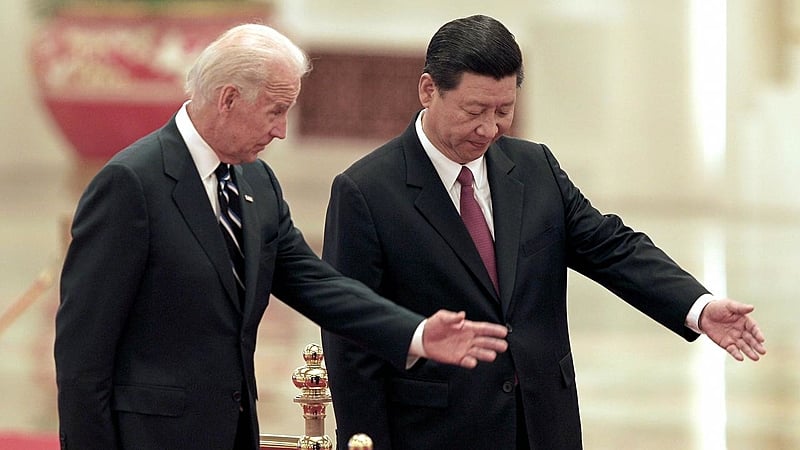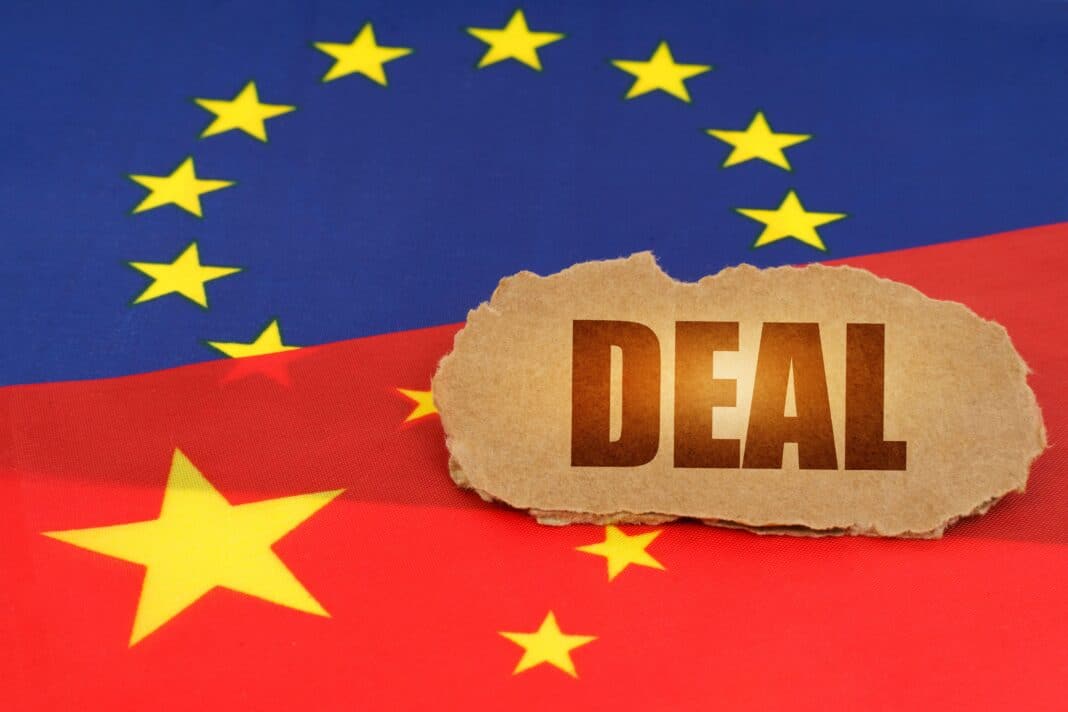China is the latest country to fight back against the European Union’s EUDR – with the world’s largest forest economy refusing to share geolocational data with the EU over “security concerns.” That is according to GD Holz, the German timber trade association, which reports that two of the world’s largest forest markets remain at an impasse over the rules.
It comes just days after the Biden Administration ramped up pressure on the EU to delay the rollout of its “impossible standards” – after 27 senators warned that the new rules were akin to a ‘non-tariff trade barrier’ and end Euro-America’s $3.5b trade in forest products.
“The EU has made its stance clear in discussions with the Chinese government and suppliers,” GD Holz said, adding that “it is unequivocal that imports without coordinates were not possible and that there would be no exceptions for countries (like) China.”
“No statements were made about attempts to solve this problem, underscoring the EU’s determination to uphold its policies”.
GD Holz, the German Timber Trade Association
A Chinese-style EUDR Brexit could be disastrous for the global economy.
Should China opt out of the EUDR, which is slated to come into effect this December, the impact on global supply chains for timber, paper, and pulp-based products could be enormous.
China, which, through the Belt and Road Initiative, controls more than 30% of the global supply chain for forest products, has long been considered the world’s engine room for timber, pulp and paper.

According to Eurostat, the European Union’s office for statistics, China was responsible for more than 47% of timber furniture imported into the zone last year, dwarfing Turkey (10.2%), Ukraine (10.1%) and Vietnam (5.1%).
“It’s important to note that the links between China and Vietnam are highly interwoven,” according to an official connected to the process, as evidenced by the surge of Vietnamese plywood arriving at American Ports after the United States introduced trade tariffs on Chinese plywood.
In addition to furniture, China is effectively the European Union’s paperboard box manufacturer, responsible for 41% of all paper boxes and sacks imported into the EU last year, ahead of Turkey (20.3%), Serbia (7.7%) and Switzerland (7.4%)
China’s discontent comes after twenty (out of 27) European Agricultural Ministers called for rules to be delayed amid concerns over global supply chains, echoing warnings from government officials in Australia, New Zealand, Brazil, Indonesia and Malaysia.
What is China’s issue with the EUDR?
In effect, EUDR is perhaps one of the only core issues that have unified the United States and China, the two largest producers of forest products, who remain profoundly at odds on how people and economies should be governed.

In a letter co-signed by Trump-supporting Republicans, Biden-supporting Democrats, and Independents in the American South, the United States (like China) flagged concerns with geolocational mapping: “The EUDR imposes a geolocation traceability requirement that mandates sourcing to the individual plot of land for every shipment of timber product to the EU,” the senators warned in a letter to Ms Tai.
Under Chinese law, geographic information is restricted to entities with special authorization from the administrative department for surveying and mapping under the State Council – and given the current geopolitical climate, it seems unfathomable that China will provide the EUDR authorities with this data.
How the EUDR will work
- The regulation will assign regions within countries inside and outside the EU a low, standard, or high-risk level associated with deforestation and forest degradation.
- This risk classification will guide the obligations of various operators and the authorities in member states to perform inspections and controls. Consequently, this will streamline monitoring for high-risk regions and simplify due diligence processes for low-risk regions.
- Authorities responsible for these areas must inspect 9% of operators and traders dealing with products from high-risk regions, 3% from standard-risk areas, and 1% from low-risk regions. This inspection aims to confirm whether they are effectively meeting the obligations stipulated by the regulation.
- Further, these competent authorities will inspect 9% of relevant goods and products either placed on their market, made available, or exported by high-risk regions.
- Lastly, the EU plans to enhance its cooperation with partner countries, focusing primarily on high-risk areas.
For more information, visit Wood Central’s special feature on EUDR and its implications for the global supply chain of forest products from July 2023.






